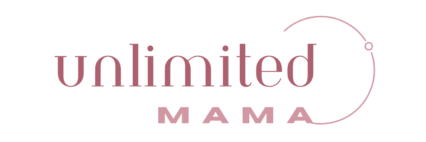Birth Preparation Tools
Birth Affirmation Cards Coloring Book
Put a halt to the fear-tension-pain cycle during labor and birth with this Hypnobirthing tool.
Use the powerful affirmations in this coloring book to calm your mind and body.
This allows for relaxation of muscles to help your body release your baby with greater ease.
All through the use of mindset change and art therapy in this affirmation coloring book.
Best Birth & Lactation Books
Hypnobirthing: A Natural Approach To A Safe, Easier, More Comfortable Birthing
HypnoBirthing helps women to become empowered by developing an awareness of the instinctive birthing capability of their bodies. It greatly reduces the pain of labor and childbirth; frequently eliminates the need for drugs; reduces the need for caesarian surgery or other doctor-controlled birth interventions; and it also shortens birthing and recovery time, allowing for better and earlier bonding with the baby, which has been proven to be vital to the mother-child bond. Learn how to use hypnobirthing in your next pregnancy, labor, birth, and postpartum experience with this Hypnobirthing book.
The Unassisted Baby
Women have given birth without medical assistance throughout all of history. Even if you aren’t planning a homebirth, this book will give you the information you need to give birth as safely as possible. Unexpectedly fast labors happen all the time. Arm yourself with birthing knowledge just in case you need it.
Breastfeeding: BioCultural Perspectives
Breastfeeding: BioCultural Perspectives is a wonderful in depth look at the biological and cultural issues surrounding breastfeeding. It contains a close look at the biological history of breastfeeding, explaining:
- How breastfeeding has evolved to protect infants and children
- Why it is important to breastfeed
- How women in the past breastfed (or didn’t)
- The implications this may have had for their offspring.
- Current breastfeeding practices in other parts of the world and the effect these practices have on their populations.
- Cultural issues which serve to support or severe the breastfeeding relationship.
- Weaning: What is biologically and culturally “normal” and why they are so different
- Demand feeding vs. scheduled feeding
- Co-sleeping and SIDS
- Fertility issues affected by breastfeeding
- Breast cancer and reproductive biology
This book is a must-read for those interested in more than just mechanical information about breastfeeding. It is also recommended reading for any attachment-style parent who is interested in a more biocultural view of why attachment parenting works.
